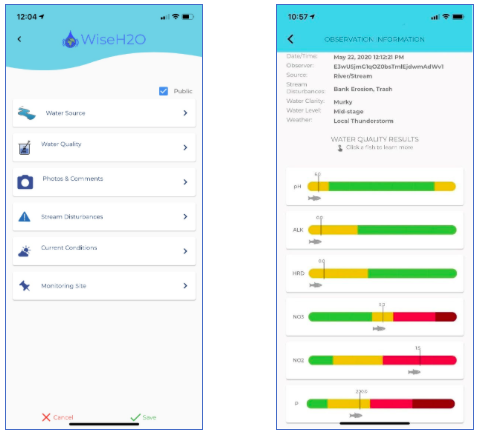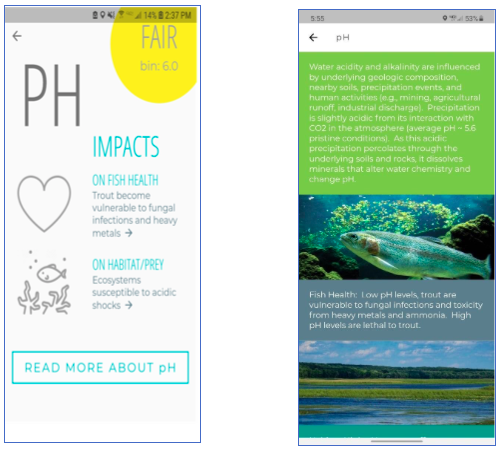As we grapple with the start of the new school year and varying degrees of in-person, virtual, and hybrid models of education, it is clear we need to provide students with new opportunities to continue learning and developing. With parents playing greater roles in their student’s education and teachers working diligently to transition to provide critical digital instruction, access to easy to use and meaningful tools is a must. This is a critical role that we believe our WiseH2O mobile app can play.
We know that many schools have chosen to teach remotely or have repurposed outdoor spaces as classrooms. Now more than ever, there is a greater reliance on technology to bring teachers and students together virtually. The need for hands-on tools for experimentation, both to learn new content and to break up the school day, is essential to keep students engaged throughout the virtual day. While these adjustments can be difficult, they have also resulted in some exciting new ways to provide education.
Using our WiseH2O app, students studying water science, chemistry, or even the general scientific method can run water quality experiments in whatever educational setting they find themselves. Ideally, students would be streamside with their peers and teachers, but whether that’s the case, or your student is using water from the tap at home, learning about water science is made easy and convenient.
Testing water in a river using the WiseH2O app.
Using just a smartphone, test strips, and a credit card-sized calibration card, students become scientists and gather important data to help understand the health of our waterways. Specifically, the WiseH2O app can determine the levels of pH, Nitrate, Nitrite, Phosphate, and other constituents in the water.
Results page from an observation.
The student can also identify disturbances to the waterway, such as bank erosion, trash, or the presence of livestock. Using a thermometer, they can log temperature data and identify any weather conditions or water clarity issues that might be present. Once all of this information is collected, the student can then learn more about what it all means, through the augmented results pages on the app as well as the “Issues” pages we’re developing on the website.
Additional information page in the app, specific to each analyte. Here are the pages for pH.
It is our hope that using the app and test kits will provide students with the ability to experiment, learn, and participate in helping us understand the health of our waterways (you can purchase kits here). As we continue through this unique semester, please let us know how we can help serve you and your education!
Best,
The MobileH2O Team



